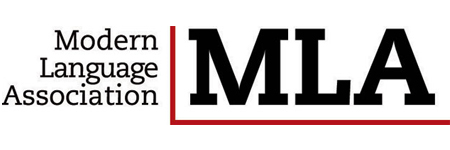The Pre-Safavid Sema (Semah) Accompanied with Sufi Classics
DOI:
https://doi.org/10.24082/2020.abked.297Keywords:
Sema, semah, dans, Khorasan, SufismAbstract
Elucidating the historical past of semah, one of the original rituals of Alevism, is highly important in terms of revealing all aspects of the historical background of today’s Alevism. In this context, identifying the origin of the ritual in question, that also continues today, and revealing its source or sources will fill an important gap not only for researches on Alevism but also for the history of Sufism. Like all rituals, semah has passed through different stages and taken its present form under the influence of geographical, sociocultural, political and economic conditions within its historical journey. At this point, determination of details such as the acceptance of “came from Khorasan”, a phrase used in tradition, the existence, quality and origin of this ritual in the historical Khorasan region as a valuable indication, the issue of who substituted it for an expression of the hal maqam, is very valuable in the interest of filling the aforesaid gap.
Another issue needing explanation is the Sharia followers’ opinion on semah. Because the fatwas and views on the subject, on one hand, show the social and religious atmosphere of the period and, on the other hand, reveal the nature and circumstance of semah among the Sufi groups. Besides, the fuqaha’s attitude towards semah indicates the prevalence of semah among different Sufi orders. The Sufi followers’ defences, especially the words and writings with the aim to gain semah legitimacy, against the groups that saw Islam only in the scope of Sharia and Fiqh contain significant details. As for the place of the semah ritual in the maqam of truth, its necessity and the reason for existence, they rank first among the aforementioned details. Moreover, it seems that the ulema’s strict edicts against semah will constrain recognition of Sufis belonging to the early period. The paper is of a great importance in terms of revealing the semah, that existed in the cultural region in question in the pre-Safavid period, in the context of its existence and content.
For that reason, looking for traces of semah in historical sources, especially in primary sources, is extremely important. Because opinions in some studies that sema and semah have different contents and functions indicate how difficult it is to clarify this problem. Therefore, it is necessary to stress the place of these two concepts, especially common in the Anatolian region, in sources. Only in this way it will be possible to comment the emergence, historical development and present appearance of the ritual in question.








